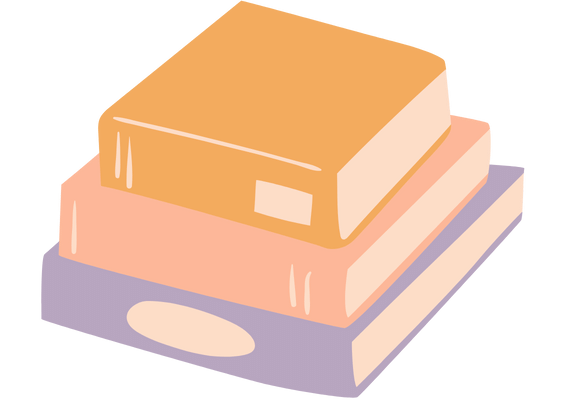Analysis Of How Pablo Picasso Pioneered A Revolutionary Style Of Modern Art – Cubism
Pablo Diego Jose Francisco de Paula Juan Nepomuceno Maria de los Remedios Cipriano de la Santisima Trinidad Martyr Patricio Clito Ruiz y Picasso also known as Pablo Picasso was a Spanish sculptor, ceramicist, and painter born in Malaga, Spain, on October 25, 1881. As the pioneer of cubism, he was one of 20th century’s most important artists. Pablo Picasso made a huge leap forward in art and society by challenging the traditional art of drawing real-life forms. Picasso’s work, such as the three-musicians “Girl with Mandolin,” and the “Three Women”, shows his revolutionary style.
Picasso was a gifted artist in his early years. His paintings were filled with creativity and strong lines. The image is undoubtedly a reflection of Picasso’s individuality as an artist. Picasso’s early work was so remarkable that Picasso’s parents were not hesitant to allow Picasso to pursue an art career. He began his studies at the School of Fine Arts, Barcelona in 1895. He was accepted into The Real Academia de Bellas Artes de San Fernando in 1897, Spain’s most prestigious art school. Cubism was before the advent of painting. This is because painters were able to only paint from one point. Life is complicated and can only ever be represented from multiple perspectives. We might see a tree from a distance but our view of it changes as we approach it. Pablo Picasso recognized this and began to search for ways to fully portray real life in 2D planes. Picasso began to push boundaries and paint the subject from many perspectives. Pablo Picasso’s artworks also featured monochromatic colour spaces, simple geometric shapes, and flatness to indicate that all perspectives are the same. These techniques allow simultaneous representation of many perspectives on one image surface. This period of innovation and experimentation is known as “analytical Cubism”, and it was between 1908-1912.
Pablo Picasso’s 1912 invention of the ‘analyticalcubism’ was a catalyst for his continued experimentation with his works. He used this phase to try to make something even more realistic and depict real life. Picasso began using everyday materials like newspapers and magazines to create a critical understanding of reality. Picasso started to include depth and vibrant color spaces in his works. This gives him a sense that excitement and playfulness is missing from his early cubism works. These methods create an illusion that ‘ambiguity’ is present in the viewer’s minds, which makes it difficult to see the truth.
